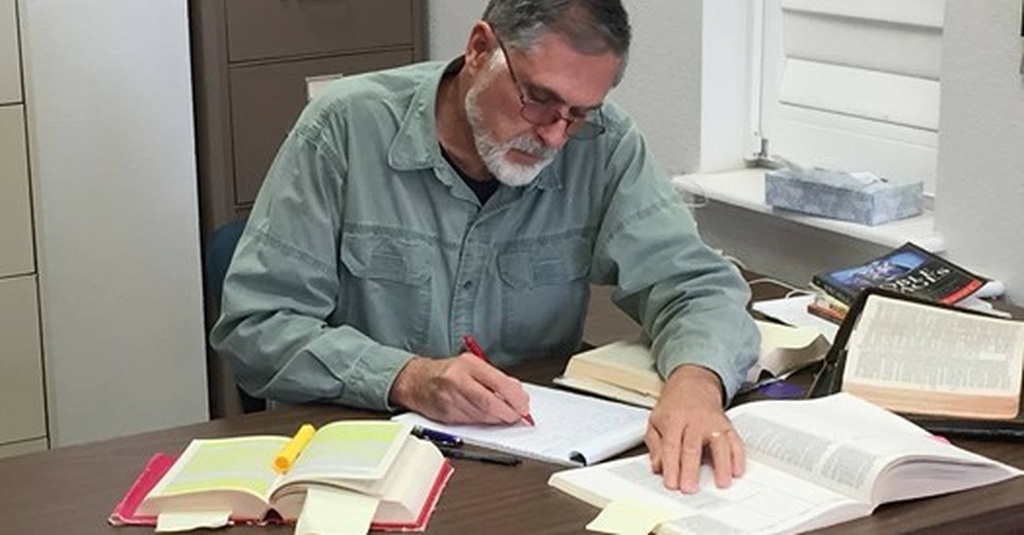We began April by celebrating Easter. Despite all the self-destructive paths our culture is currently pursuing, we cannot help but be encouraged by the implications of our Lord’s resurrection.
Paul called the resurrection of Jesus the “firstfruits” of “they that are Christ’s” (I Cor. 15:23). That I Corinthians 15 chapter should be studied by every believer.
“Firstfruits” were exactly what the name implies. They were the first fruits produced by a young tree. These were offered to God. Like the tithe, they represented the whole—every fruit that tree would produce. If Christ’s resurrection is the firstfruit (singular, as there is only one atonement), then it represents all resurrections to come. The physical resurrection of the dead was once commonly preached as the hope of the believer. Now it is all too common for Christians to believer the afterlife is an ethereal, ghostly existence. Paul, however, said our bodies will be raised again, then changed from an earthly, natural body to a heavenly one. He does say it is a spiritual body, but that does not mean it is ethereal. The word “spiritual” means “of the Spirit” of God and His power.
Paul was clearly referring to a physical, bodily resurrection of believers. Death will be undone as “the last enemy that shall be destroyed.” The resurrection of Jesus will mock the grave—“O death, where is thy sting? O grave, where is thy victory?” (v. 55).
Too commonly, we only read Paul’s words as a future hope, which they very much are; but remember the resurrection demonstrates “the last enemy” that will be destroyed. That necessarily means our Lord is now at work, as He has been, and that “the gates of hell” will not prevail against Him or His Kingdom.
We at Chalcedon, along with those who partner with us, continue to proclaim the Lordship of Christ and the certain advance of His Kingdom.

- Mark R. Rushdoony
Mark R. Rushdoony graduated from Los Angeles Baptist College (now The Master’s College) with a B.A. in history in 1975 and was ordained to the ministry in 1995.
He taught junior and senior high classes in history, Bible, civics and economics at a Christian school in Virginia for three years before joining the staff of Chalcedon in 1978. He was the Director of Chalcedon Christian School for 14 years while teaching full time. He also helped tutor all of his children through high school.
In 1998, he became the President of Chalcedon and Ross House Books, and, more recently another publishing arm, Storehouse Press. Chalcedon and its subsidiaries publish many titles plus CDs, mp3s, and an extensive online archive at www.chalcedon.edu. His biography of his father will be published later this year (2024).
He has written scores of articles for Chalcedon’s publications, both the Chalcedon Report and Faith for all of Life. He was a contributing author to The Great Christian Revolution (1991). He has spoken at numerous conferences and churches in the U.S. and abroad.
Mark Rushdoony has lived in Vallecito, California, since 1978. His wife, Darlene, and he have been married since 1976. He has four married children and nine grandchildren.
